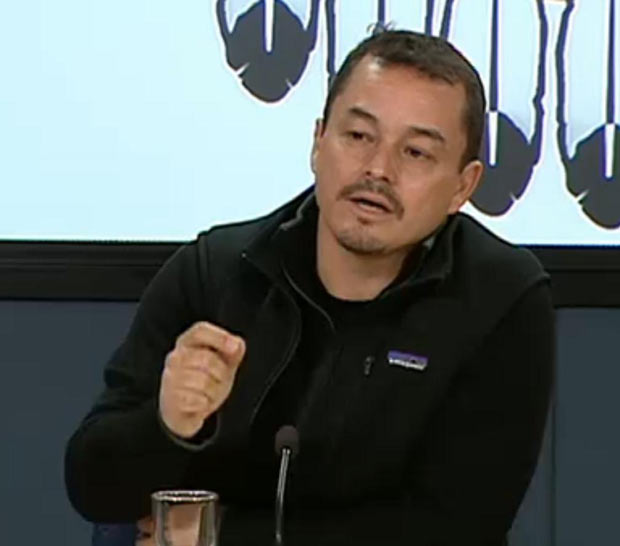Mixed Support for Carbon Capture Project
THUNDER BAY – BUSINESS – Canadian oilsands companies are actively engaged in the development of a proposed $16.5 billion carbon capture project, even as it encounters mixed support from local communities and ongoing questions about its effectiveness in the global battle against climate change.
Pathways Alliance Leading the Way
The Pathways Alliance, a consortium comprising the six largest oilsands companies in Canada, has reported that engineering and other critical work are currently underway for this ambitious project in northeastern Alberta. Approximately 250 employees are actively involved in the project.
Oilsands Emissions and Net Zero Goals
Emissions from the oilsands industry contribute to approximately 12 percent of Canada’s total greenhouse gas emissions. In pursuit of its net-zero emissions goal by 2050, the sector is primarily focusing on the collection and underground storage of emissions.
Indigenous Involvement Essential
The Pathways group acknowledges the significance of Indigenous community support. Kendall Dilling, Pathways president, stated, “Honestly, we can’t envision moving forward with any major infrastructure project without great partnership from Indigenous communities.”
Community Perspectives and Economic Impact
Local residents in Cold Lake, a city about 300 kilometers northeast of Edmonton, expressed varied perspectives during an open house on the project. Concerns ranged from the impact on lower-wage job availability to healthcare and school space constraints.
Support and Skepticism
Cold Lake Mayor Craig Copeland is a staunch supporter of the Pathways project, expecting economic benefits for the community. However, the nearby Cold Lake First Nations express safety concerns and mistrust of industry, citing past environmental impacts.
Divergent Views on Carbon Capture
Governments are committing new funding to carbon capture projects, but a recent report from the International Energy Agency (IEA) has cast doubt on the efficacy of relying heavily on carbon capture and storage technology to reduce emissions. The IEA urged companies to reconsider the idea that “implausibly large” amounts of carbon capture are the sole solution to the global climate crisis.
Contention at COP28 Climate Summit
The use of carbon capture and storage is expected to be a contentious topic during climate negotiations, as some countries advocate for its use to mitigate emissions, while others seek limitations on its deployment.
Government Support Persists
Despite the IEA’s reservations, the Alberta government is not deterred from providing new financial support for the carbon capture sector. Premier Danielle Smith is expected to announce this support soon. Earlier this month, the federal government had also unveiled its financial incentives for the sector, including tax credits.
Expanding Carbon Capture Facilities
Currently, ten carbon capture and storage facilities are operational in Alberta and Saskatchewan, with several additional projects in various stages of development.
Pathways Project: Focused on Oilsands Emissions
The proposed Pathways project stands out due to its emphasis on reducing emissions specifically in the oilsands industry. The Pathways group has yet to make a final decision on proceeding with the project, which aims to capture CO2 emissions from over 20 oilsands facilities in northern Alberta. These emissions would then be transported through a proposed 400-kilometer pipeline to the Cold Lake region for underground injection.
The Challenge of Carbon Capture Projects
Jan Gorski, program director for oil and gas at the Pembina Institute, a clean energy think-tank, commented, “So far, we haven’t seen the kinds of investments that are needed to actually make these carbon capture projects a reality, but we have seen some progress in terms of permitting.” He also emphasized that carbon capture addresses emissions from oil production, but additional steps are required to address emissions from combustion.
Debate Over Spending
Proposed carbon capture facilities often face criticism for their high costs. Some environmental experts argue that the funds could be better directed towards renewable energy and other low-carbon initiatives.
Rapid Progress Anticipated
The Pathways group plans to submit regulatory applications in the coming months while advancing design and development work. Construction could commence within the next 12 months, aiming to operationalize the carbon capture facility by 2030.
As climate change urgency mounts, stakeholders in Canada continue to grapple with the path forward in achieving emissions reduction goals.



